
As I write this post, my wife and I are approximately three weeks into a massive effort to tidy up our home. This is no ordinary, annual clean-up; this is a methodical full-on assault to go through all of our possessions and really decide what we need or want, and to get rid of the rest.
The exercise was inspired by The Life-Changing Magic of Tidying Up, the #1 New York Times best-selling book by Marie Kondo. Time magazine named her one of its 100 Most Influential People of 2015. I thought it odd that a book on tidying up would be a best-seller, but I am glad that I read it.
Kondo’s approach is straightforward. She says that you have to go through each of your possessions and ask yourself a simple question: Does the item spark joy? If yes, keep it; if no, out it goes.
It seems deceptively easy in theory but it is highly effective in practice. I estimate that we have already gotten rid of 25 to 30 boxes of stuff. Most of it has been donated to charity or given to friends, and a lot has been recycled.
I don’t agree with all of Kondo’s advice; for example, I have no intention of removing every photo from every album and asking myself if it sparks joy. Nonetheless, I have found her guidance to be useful. One thing, in particular, has helped with the work: going through items, not by place, but by category.
Marie Kondo says that selecting and discarding by place (for example, by room) is fatal because similar items are stored in different places. This results in wasted time by repeating the same process for the same kinds of items, makes it harder to keep track of what you want to keep and kills motivation.
Better, in Kondo’s opinion, to sort and discard by category. She recommends the following order: clothes; books; papers; miscellaneous items (which she calls by the Japanese name komono); and, finally, sentimental items. Her logic is that clothes have a low “rarity value” and are the easiest to cull. You thus build momentum as you move on to other items.
There is much more to Kondo’s philosophy. If you have ever struggled with reducing your possessions, it would be worth checking out The Life-Changing Magic of Tidying Up.
Many people could also benefit from Kondo’s advice when it comes to presenting. Far too many presentations suffer when speakers cover too much material or go into too many details or blitz the audience with overloaded slides. We need to get better at reducing the material to what is essential.
Just as Marie Kondo recommends tidying by category, speakers can take a similar approach when deciding what to put into their presentations:
1. Only talk about things that are of interest or relevance to your audience. Think of this as the equivalent of asking whether the topics will “spark joy” in the audience.
2. List the different messages you could deliver to the audience.
3. Reduce that list to the most important ones. Ideally, you should have one message. Yes, in some cases, you might have more. But the more messages you have, the more complicated it is for the audience.
4. For your message, list the main points that you could make to reinforce it. For example, if you were advocating that your company build a new manufacturing facility in another country, your list might include construction costs, proximity to manufacturing materials, proximity to established markets, new market opportunities, labour, taxes, potential for expansion, operating costs, etc. There could be dozens of reasons.
5. Reduce those main points to the most important ones. How many is up to you. Three is strongest number in rhetoric, but it could be more, depending on the subject, your audience, past experience, etc. However, if you have 20 valid reasons to build that new facility, you will not do yourself (or the audience) a favour if you attempt to cover all 20 in your presentation. That’s what a briefing document is for. Let the audience know that there are 20 reasons and that they are set out in the document, but that you will focus on the three (or more) most important ones.
6. For each main point, list the supporting points that you could make. Continuing with the example, if one of the main reasons for building a manufacturing facility in another country is the local labour force, supporting points might include education and skill levels, experience with the products being manufactured, level of salaries and benefits, ability to communicate in the language of the head office, etc.
7. For each main point, reduce the supporting points to the most important ones.
By this stage, you should have a fairly decent outline of what you want to cover in the presentation. Of course, there is more work to be done, but by starting this way, you have the foundation for a tidy presentation. Marie Kondo would approve.
Photo courtesy of KonMari


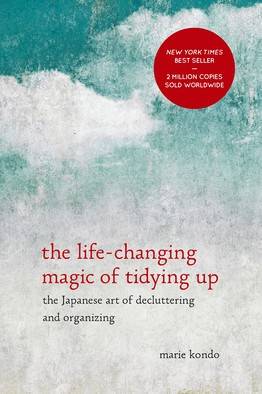
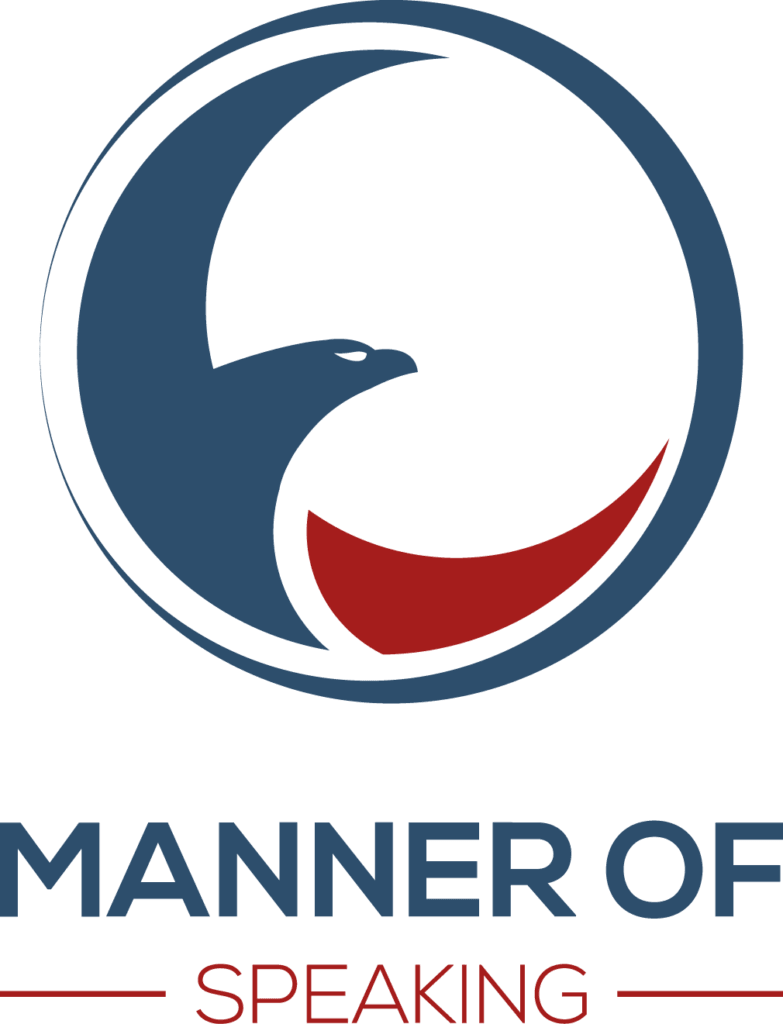




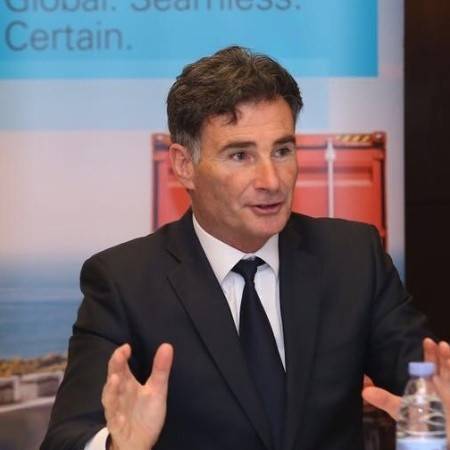

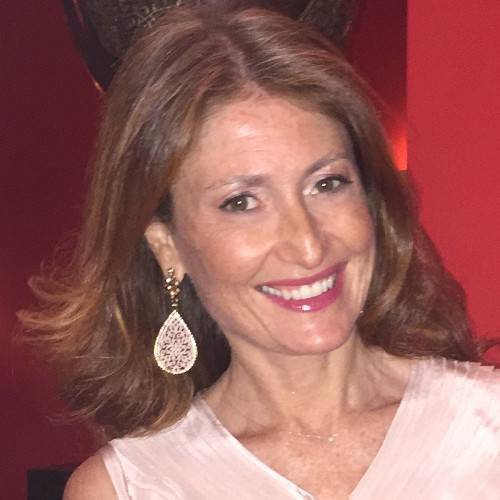
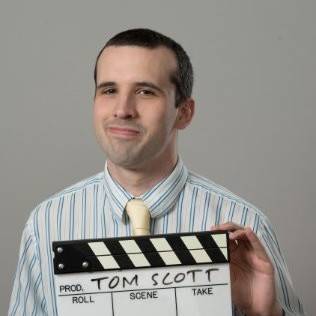
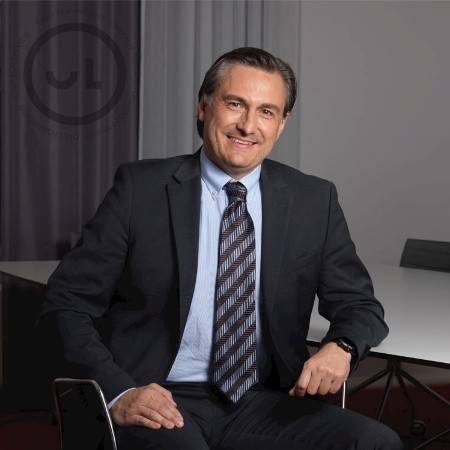
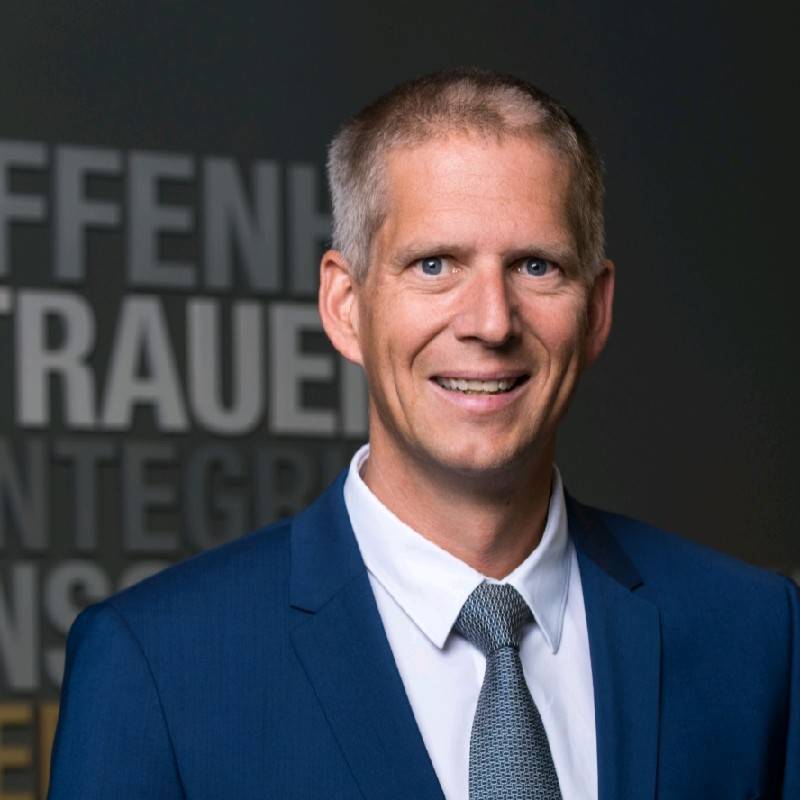

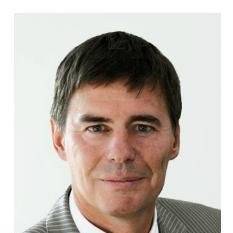
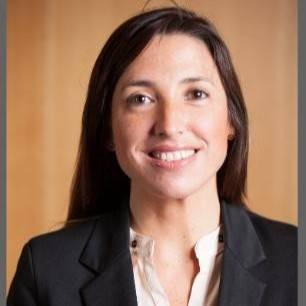
Fully with you John. ‘Stuffocation’ another good book along similar lines.
Thanks, Wend. To do it right, it is a long process. We are still only 75% or so finished, but the difference is already noticeable.